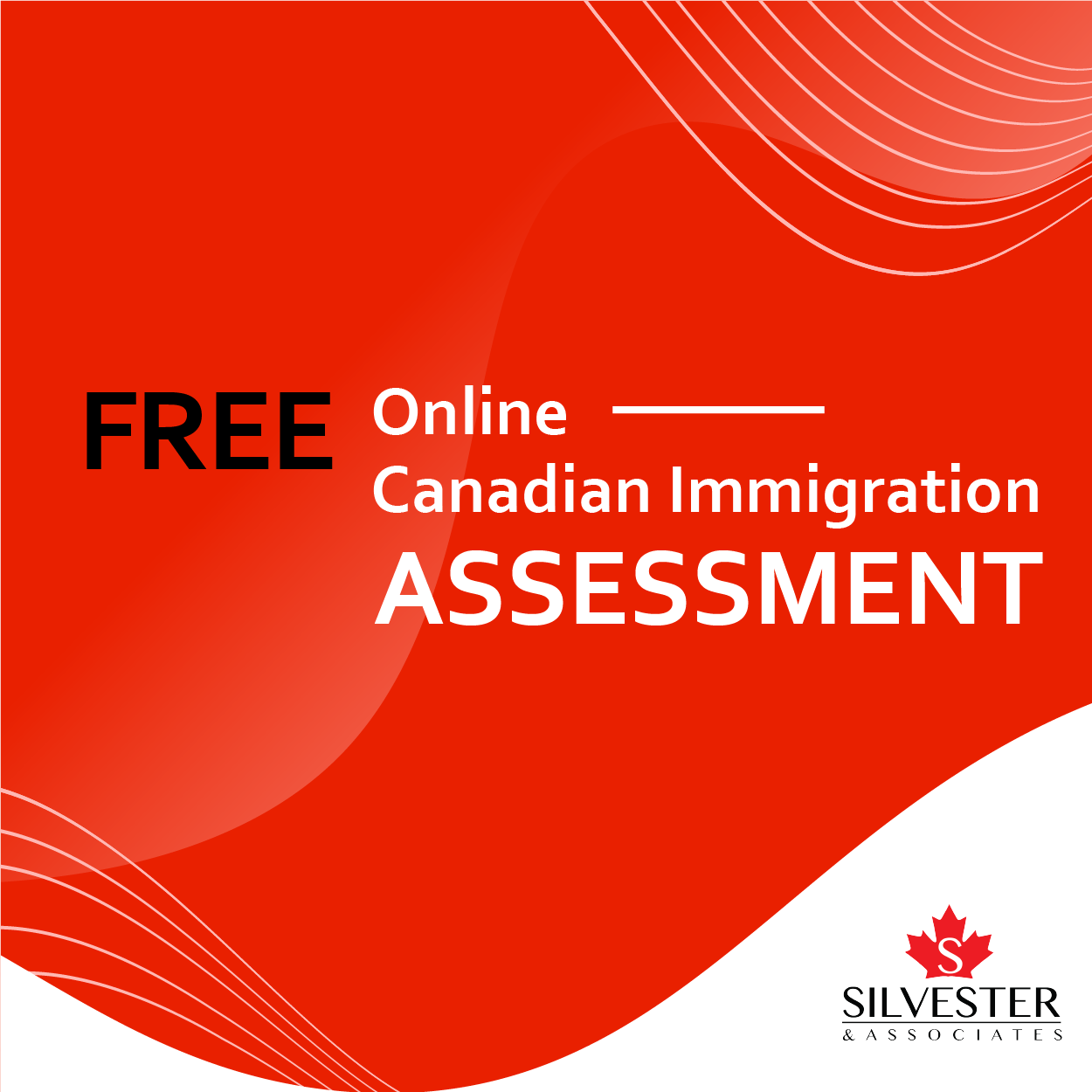The National Occupational Classification (NOC) is Canada’s national system for describing occupations. The NOC system is used to track and categorize all jobs in the Canadian labour market and is updated to reflect changes in the economy and in the nature of work.
From 16 November 2022, the version NOC code 2021 will be effect and replace the NOC code 2016. The changes to the NOC system support Canada government to expand pathways to permanent residency for temporary workers and international students, as more jobs will become eligible for the programs managed under Express Entry.

1. What are the essential changes in National Occupational Classification (NOC) 2021?
1.1. The new TEER categories system (TEER 1,2,3,4,5)
The NOC 2016 skill type and skill level structure (NOC 0, A, B, C and D) will be replaced by a 6-category system representing the training, education, experience and responsibilities (TEER) needed to work in an occupation.

1.2. NOC codes with a new 5-digit format
The second major change is the structural move from a four-tiered to a five-tiered classification system. NOC codes will change from the traditional 4-digit format to a new 5-digit format. The new 5-digit NOC code is defined as follows:
- The first digit represents the broad occupational category;
- The second digit represents the TEER category;
- The first two digits together represent the major group;
- The first three digits represent the sub-major group;
- The first four digits represent the minor group; and finally
- The full five digits represent the unit group or the occupation itself.


1.3. Number of changes to the occupations
One of modifications in this version is the structure of the classification, the new NOC 2021 led to a number of changes to the occupations themselves. These changes to the occupations aim at filling the shortage of the labour market in Canada in the coming years. With the change to NOC 2021, 16 occupations will become eligible for Express Entry, while three occupations become ineligible. For instant, nurse aides, long-term care aides, hospital attendants, elementary and secondary school teacher assistants, and transport truck drivers are some of the 16 occupations now included in Express Entry.
16 newly eligible occupations for Express Entry:
- Payroll administrators
- Dental assistants and dental laboratory assistants
- Nurse aides, orderlies, and patient service associates
- Pharmacy technical assistants and pharmacy assistants
- Elementary and secondary school teacher assistants
- Sheriffs and bailiffs
- Correctional service officers
- By-law enforcement and other regulatory officers
- Estheticians, electrologists and related occupations
- Residential and commercial installers and servicers
- Pest controllers and fumigators
- Other repairers and servicers
- Transport truck drivers
- Bus drivers, subway operators and other transit operators
- Heavy equipment operators
- Aircraft assemblers and aircraft assembly inspectors
Three ineligible occupations for Express Entry:
- Other performers
- Program leaders and instructors in recreation, sport, and fitness
- Tailors, dressmakers, furriers, and milliners
2. What are next steps for immigration candidates?

The candidates who have not yet submitted an Express Entry profile but plan to do so on or after November 16, 2022 will be required to fill out the profile and submit their occupation’s code by using the NOC 2021 version.
Candidates who have submitted a profile but have not received an Invitation to Apply (ITA) will need to update their submitted Express Entry profile with their TEER category and five-digit occupation code. The ones who got their ITA prior to November 16 must submit their Express Entry application using NOC 2016.
Immigration is essential for Canadian communities and economic development. The modifications of National Occupational Classification (NOC) will help the Government of Canada to welcome newcomers from over the world and fill the shortage of labour market in this country.


